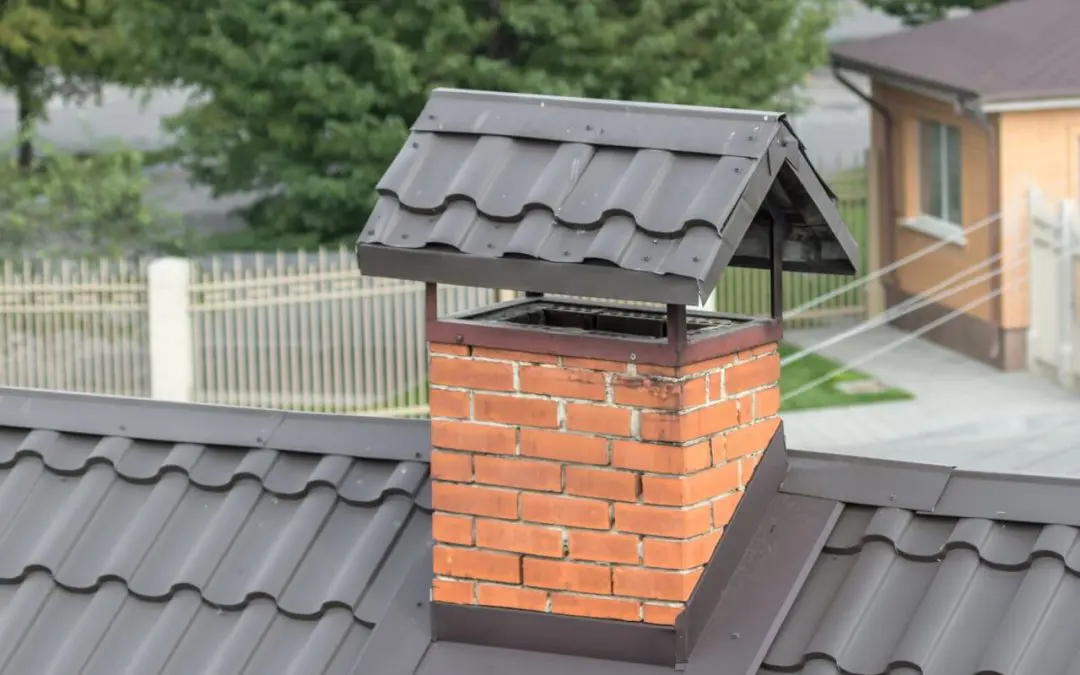Choosing the right roofing materials for your home is as essential as having a functional HVAC unit, kitchen appliances, and plumbing system. Your roof provides defense against the elements and keeps your living spaces safe and secure. Aside from its practical uses, your roof enhances your home’s overall appearance.
If you’re shopping for the best roofing materials for your home, there’s an impressive array of options, each with unique advantages and disadvantages. Let’s explore the benefits of common types of roofing so you can select the material that suits your home and style.
Common Types of Roofing Materials for Your Home
1. Asphalt Shingles
Asphalt shingles are fiberglass or organic materials with a layer of asphalt granules. They are popular in residential roofing due to the ease of installation and low cost. They come in various colors, textures, and grades to suit your preferences. Asphalt shingles are also durable and can last between 10 to 20 years, but this can vary depending on several factors, like climate, maintenance level, and quality of installation. Asphalt shingles are a good choice if you are on a tight budget and looking for a practical and functional roofing material.
2. Metal Roofing Materials for Your Home
Metal roofing is popular for its durability, low maintenance, and long lifespan. It can last 40 to 70 years, making it an expensive but worthwhile investment. Metal roofing is resistant to rot, insect infestation, and fire. It also comes in a wide variety of colors and textures to suit preferences. If you live in areas with harsh weather, metal roofing is a great choice to withstand strong winds, snow, and hail.
3. Clay Tile Roofing
Clay tiles are popular in areas with a Mediterranean or Spanish aesthetic. These materials are made of natural clay or concrete, making them durable and long-lasting. The advantage of clay tiles is resistance to rot, fungi, insects, and fire. They can last up to 50 years with proper maintenance and provide good insulation, reducing energy bills.
4. Slate Roofing
Slate roofing is a premium material lasting up to 100 years. Slate is a natural stone cut and shaped into tiles. Slate roofing is known for resisting fire, rot, and insect infestation. It also provides excellent insulation that helps you save energy costs. Slate roofing is available in several colors and styles to suit your home’s exterior.
5. Wood Shake Roofing
Wood shake roofing is made from thick wooden shingles cut from logs. They are popular in cabins and homes with a rustic aesthetic. Wood shake roofing is ideal for a warm and natural look to your property’s exterior. One advantage of wood shake roofing is its ability to insulate your home, reducing heat loss during colder months. The downside to wooden roofing is that it requires more maintenance than other materials on our list. It is not suitable in areas prone to wildfires.
Your home’s roofing materials significantly affect its appearance, energy efficiency, and overall appeal. By considering each material’s pros and cons, you can make an informed decision and select a material that suits your needs, budget, and style.
FAQs
Can I install solar panels on any type of roofing material?
Yes, you can install solar panels on most roofing materials, including asphalt shingles, metal roofing, and clay tiles. Consult with a solar professional to assess your roof’s structure and verify it can support the weight of solar panels.
Are there environmentally friendly options among roofing materials?
Yes, some roofing materials are more environmentally friendly than others. Metal roofing, for example, is often made from recycled materials and is fully recyclable at the end of its life. Additionally, some manufacturers offer asphalt shingles with recycled content. For a more sustainable option, choose clay tiles or slate, which have a long lifespan and are produced from natural resources.
Can roofing materials impact energy efficiency?
Absolutely. The choice of roofing material impacts energy efficiency. Light-colored or reflective roofing materials, such as metal or certain asphalt shingles, reflect sunlight and reduce heat absorption, lowering cooling costs. Materials like clay tiles and slate also provide good insulation, boosting energy efficiency.
How do extreme weather conditions affect different roofing materials?
Each roofing material reacts differently to extreme weather conditions. Metal roofing is known for its durability against harsh weather, including strong winds and hail. Asphalt shingles are vulnerable to hail damage, and extreme temperature fluctuations may affect their lifespan. Clay tiles and slate are resistant to most weather conditions, making them suitable for areas with varied climates.
Are there specific maintenance requirements for different roofing materials?
Yes, maintenance requirements vary for different roofing materials. Asphalt shingles require periodic inspections for damage, while metal roofing generally has low maintenance needs. Wood shake roofing requires more attention, including regular inspections for mold and rot. Clay tiles and slate roofing are relatively low maintenance but may need occasional checks for cracked or damaged tiles.
Brand Name Home Inspections provides home inspections to customers in Northern California. Contact us to request our services.

